
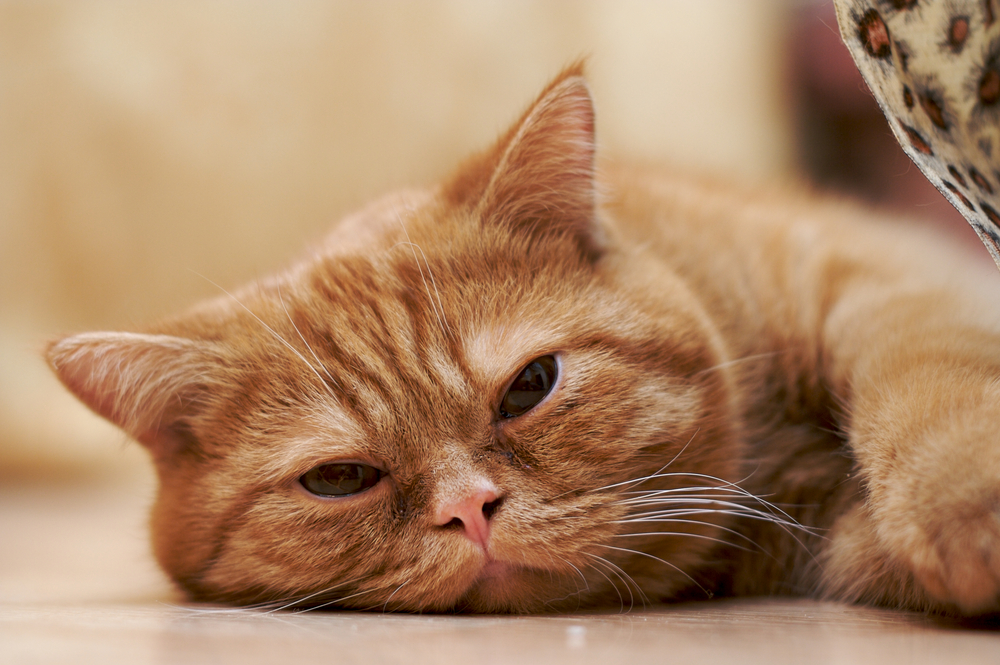
When the body is deficient in iron, red cells do not develop as they should. The lack of iron causes the cells that are produced by the bone marrow to be too small, and too low in oxygen-carrying features. In adult pets, this condition is usually caused by some kind of blood loss. It is important to recognize iron-deficiency anemia, because the underlying disease can be life-threatening.
The most common site of the blood loss is the gastrointestinal tract. About 50 percent of kittens from five to ten weeks of age will have transient iron-deficiency anemia. They will undergo spontaneous recovery and iron repletion beginning at five to six weeks of age, coinciding with intake of solid food. The incidence of this condition lessens with age, becoming increasingly rare.
Your veterinarian will first address the underlying disease; it must be corrected as quickly as possible. If the anemia is severe, your cat will need a transfusion of whole blood, or packed red blood cells. Iron replacement therapy will begin with an injection, and will be followed by oral iron supplements.
Animals with severe iron deficiency are not able to absorb iron very well, so oral supplements do not help much until iron levels have been brought up. For that reason, the iron will be either administered through an IV or injected until some replacement has occurred. This will take at least a month and up to two months. Iron supplements will then be administered orally for another one to two months, or until the iron deficiency has been resolved.
You will need to take your cat to the veterinarian for iron injections regularly for up to two months. Afterwards, you will need to administer the oral medication for another one to two months. Frequent clinical tests are conducted to monitor the pet’s progress. A complete blood count will also need to be taken every one to four weeks.
If the anemia is severe, more frequent monitoring will be necessary. Your veterinarian will be looking for an increase in the volume of cells in the blood. Protecting your pet from other animals until it is stronger is vital. Keeping it in a cage, at least part of the time, is a good way to accomplish this.
Image: Alexey Demidov via Shutterstock
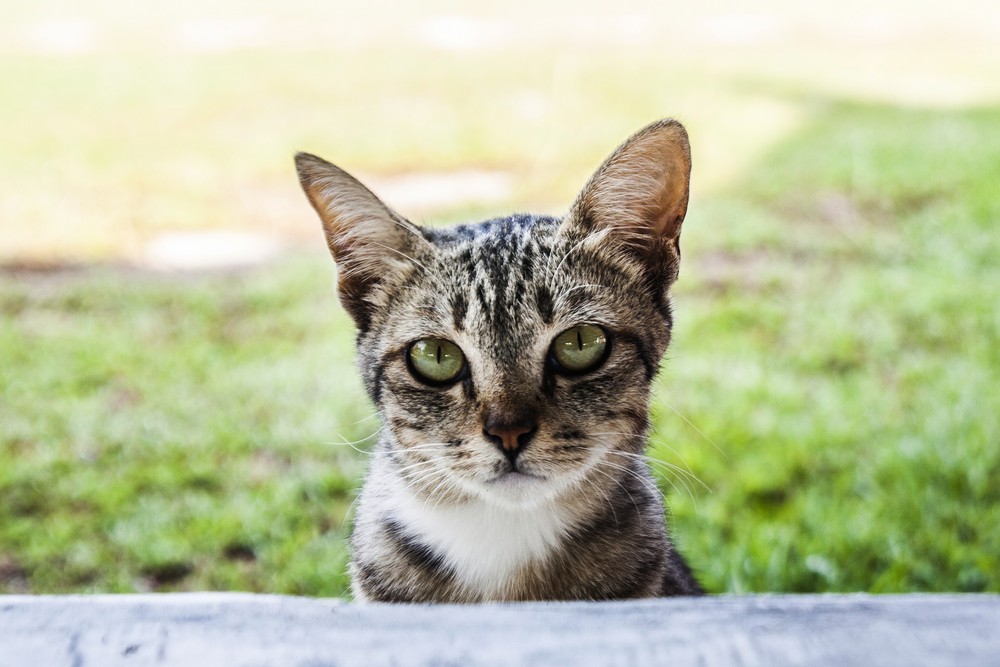 Constipation (Severe) in Cats
Megacolon in Cats
The colon is the section of lar
Constipation (Severe) in Cats
Megacolon in Cats
The colon is the section of lar
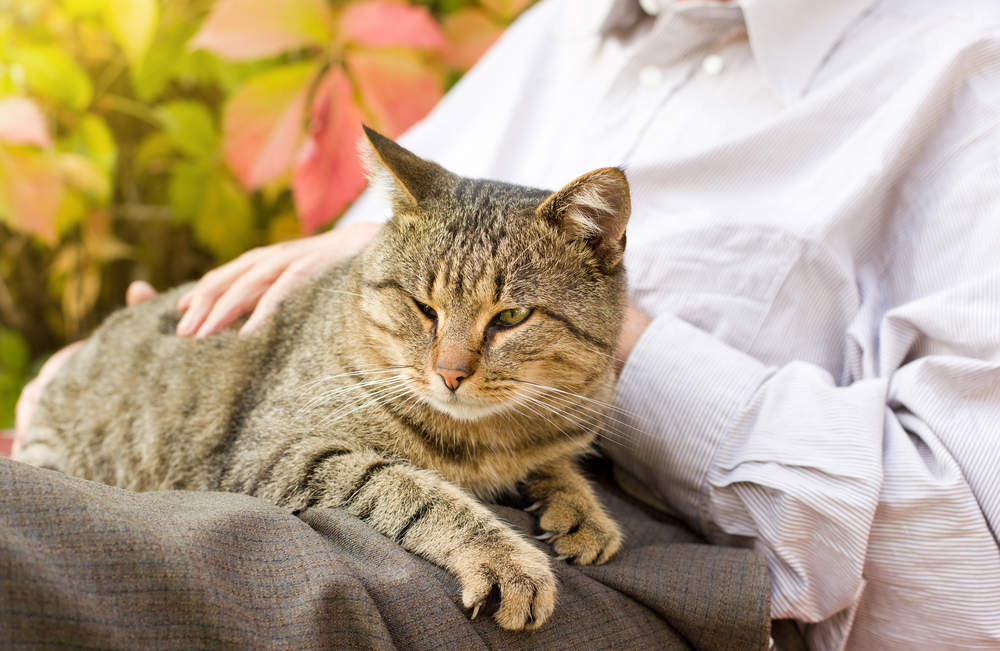 Stomach and Intestinal Cancer (Leiomyosarcoma) in Cats
Leiomyosarcoma of Stomach, Small and Large intestine in
Stomach and Intestinal Cancer (Leiomyosarcoma) in Cats
Leiomyosarcoma of Stomach, Small and Large intestine in
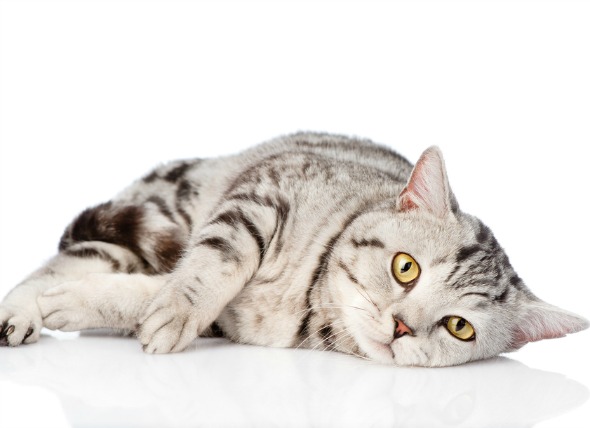 Vomiting, Chronic in Cats
Vomiting is characterized by the contents of the
Vomiting, Chronic in Cats
Vomiting is characterized by the contents of the
 Garden Plants to Repel Cats
Garden Plants to Repel Cats
Garden Pla
Garden Plants to Repel Cats
Garden Plants to Repel Cats
Garden Pla
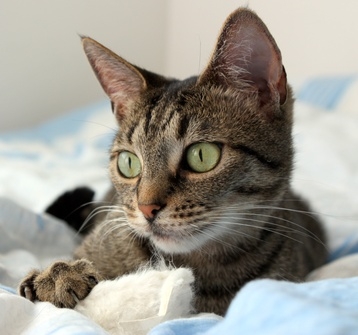 Why Do Cats Sit on Their Toys?
Why Do Cats Sit on Their Toys?
Why Do
Why Do Cats Sit on Their Toys?
Why Do Cats Sit on Their Toys?
Why Do
Copyright © 2005-2016 Pet Information All Rights Reserved
Contact us: www162date@outlook.com